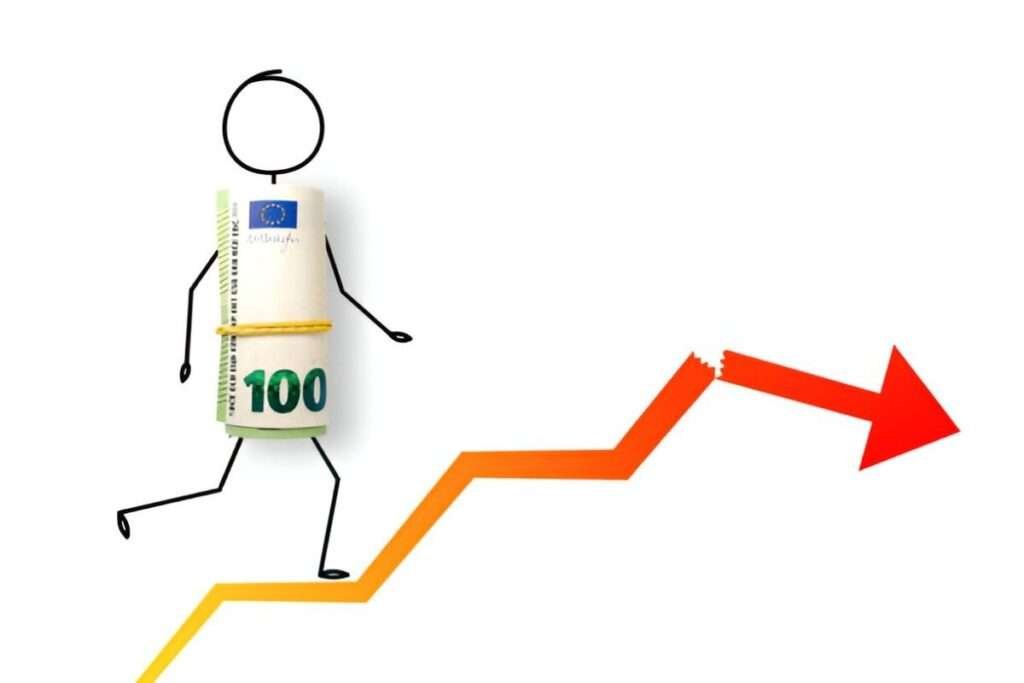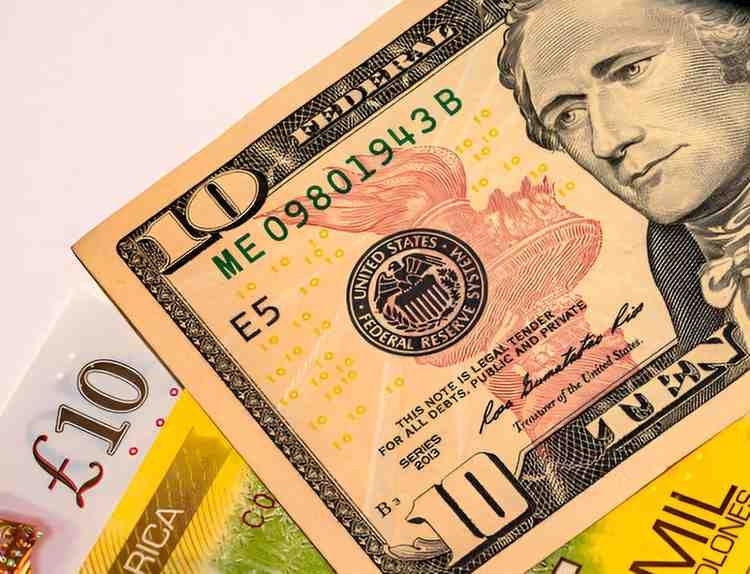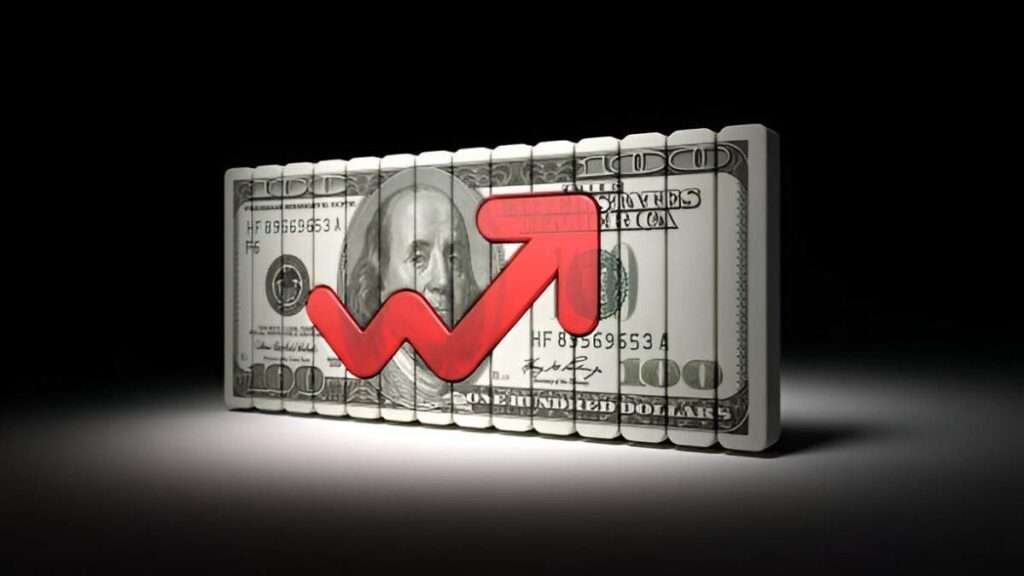As a newcomer or even an experienced trader in the world of Forex, you might wonder if it’s possible to start trading with a modest budget. A common starting point for many is $1,000. It may not sound like much in the grand scheme of Forex trading, but with the right plan, strategy, and discipline, it can grow into a significant amount over time. In this article, I’ll guide you through how to approach Forex trading with a $1,000 investment, the strategies to employ, and the risks to manage.
Table of Contents
Understanding Forex Trading and the $1,000 Plan
Forex, short for foreign exchange, involves the buying and selling of currencies. Unlike other financial markets, Forex operates 24 hours a day, 5 days a week, allowing traders to execute trades at any time. The flexibility and accessibility of Forex have made it a popular market for both professionals and newcomers alike.
However, the key to success in Forex is not just about making money—it’s about having a structured plan and strategy. For those starting with $1,000, this plan becomes even more crucial. It’s important to manage risks, use leverage wisely, and develop a strategy that aligns with your financial goals.
Breaking Down the $1,000 Forex Plan
When working with a $1,000 budget, your goal is to grow this amount consistently over time. This doesn’t mean trying to double your money in a day, but rather approaching Forex trading with a steady and methodical strategy.
- Risk Management: The first step in creating a Forex plan is understanding how much you’re willing to lose. With $1,000, it’s crucial to preserve capital because losses can quickly add up. A standard rule of thumb is to risk no more than 1-2% of your account balance on any single trade. For a $1,000 account, this means risking only $10 to $20 per trade. By limiting your losses, you can weather a series of bad trades and have enough capital to continue trading.
- Position Sizing: Position size refers to how much of your trading account you put at risk in each trade. Using a position size calculator is an excellent way to determine how much to risk based on your stop loss. A common position size strategy is to use a 10-pip stop loss on most trades, which is common in currency pairs with low volatility.
- Leverage: Leverage allows you to control a large position with a small amount of capital. Forex brokers typically offer leverage ratios ranging from 50:1 to 500:1, which means that with a $1,000 account, you could control a position worth up to $500,000 (with 500:1 leverage). While this can amplify profits, it also increases the potential for substantial losses. For a $1,000 account, it’s wise to use low leverage (e.g., 10:1) to avoid wiping out your account in one bad trade.
Establishing Trading Goals
Before diving into trades, it’s essential to set clear goals. These should include:
- Profit Targets: Instead of focusing on making huge profits, aim for steady growth. For instance, a target of 5% growth per month means you’ll aim to make $50 on your $1,000 account each month.
- Risk Tolerance: This relates to how much you’re willing to lose on each trade and in total. If you’re risk-averse, you might limit your losses to $10 per trade and only risk 1% of your account balance.
- Time Commitment: Determine how much time you’re willing to dedicate to trading. If you plan to trade full-time, your approach will differ from someone who’s trading part-time.
The Importance of Strategy
A well-thought-out trading strategy is the backbone of a successful Forex trading plan. Below are several strategies that can be effective with a $1,000 account.
- Scalping: Scalping involves making multiple trades in a day, aiming to capture small profits from minor price movements. While this strategy can be highly profitable, it requires precision and quick decision-making. Scalping works best with tight spreads and low commission fees.
- Swing Trading: Swing trading involves holding a position for several days or weeks, trying to capture larger price moves. This is ideal if you can’t monitor the markets continuously. Swing traders typically rely on technical analysis and market trends to find entry and exit points.
- Trend Following: This strategy involves identifying the long-term direction of the market and trading in that direction. If the market is in an uptrend, a trader will look for buying opportunities; in a downtrend, selling opportunities. This strategy can be slower but effective over the long term.
Example of Trading with $1,000
Let’s break down an example to understand the potential growth of your $1,000 investment in Forex.
Scenario 1: 5% Monthly Growth
If you make 5% returns on your $1,000 account each month, your profit will compound over time. Here’s how it looks:
| Month | Starting Balance | Profit (5%) | Ending Balance |
|---|---|---|---|
| 1 | $1,000 | $50 | $1,050 |
| 2 | $1,050 | $52.50 | $1,102.50 |
| 3 | $1,102.50 | $55.13 | $1,157.63 |
| 4 | $1,157.63 | $57.88 | $1,215.51 |
| 5 | $1,215.51 | $60.78 | $1,276.29 |
In this example, after 5 months, your $1,000 has grown to $1,276.29. Over time, this compounding effect can significantly increase your account balance.
Scenario 2: Risk Management in Action
Let’s say you risk 1% of your $1,000 account on each trade, which is $10 per trade. If you take 10 trades in a month, and you win 6 trades and lose 4, let’s calculate your profit/loss.
- Winning Trades: 6 trades * $10 = $60
- Losing Trades: 4 trades * $10 = -$40
- Net Profit: $60 (winnings) – $40 (losses) = $20
This means your $1,000 account would grow by $20, increasing your balance to $1,020 after the month.
Key Considerations When Trading with $1,000
- Broker Choice: It’s essential to choose a broker that offers low spreads, reasonable commissions, and reliable customer support. With a $1,000 account, small fees can have a significant impact on your profits.
- Psychology: Trading can be emotionally taxing, especially with a smaller account. Keep a cool head and stick to your plan, avoiding the temptation to chase after large profits quickly.
- Market Conditions: Not all market conditions are favorable for every strategy. Sometimes, it’s better to stay out of the market than to force trades.
Conclusion: A Thoughtful Approach to Forex with $1,000
Trading with a $1,000 account in Forex requires patience, discipline, and a sound strategy. While it may seem like a small amount to start with, the key is to manage risks carefully and grow your account steadily. Always prioritize capital preservation and focus on long-term success, rather than quick profits.
With the right mindset, a well-thought-out plan, and a disciplined approach, you can turn your $1,000 into a much larger sum over time. Whether you’re a beginner or a seasoned trader, it’s always important to review your strategy periodically, adjust as needed, and ensure you’re staying on track toward your financial goals.
By following the principles outlined in this article, you’ll be better equipped to navigate the complexities of Forex trading, all while managing the risks associated with starting small.





